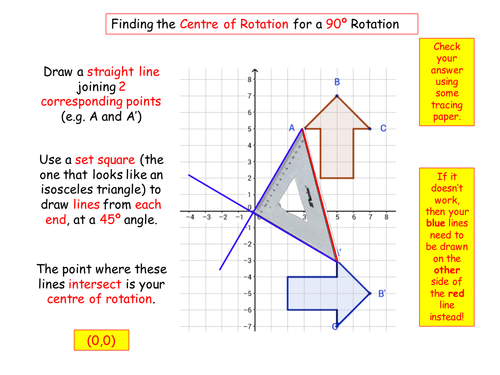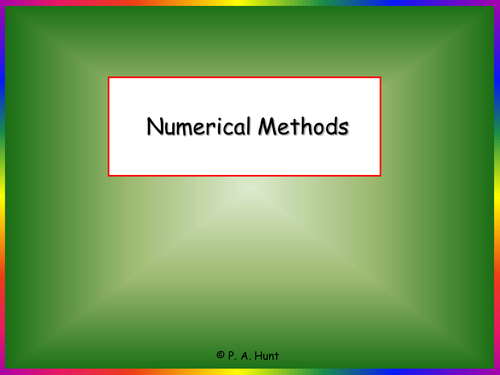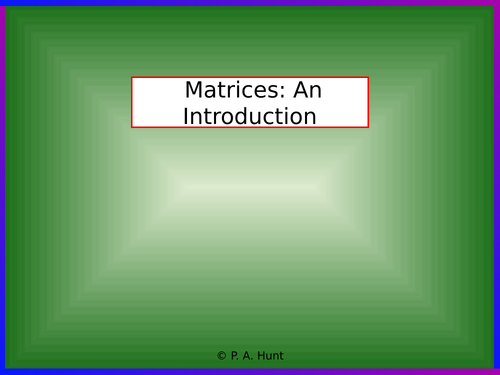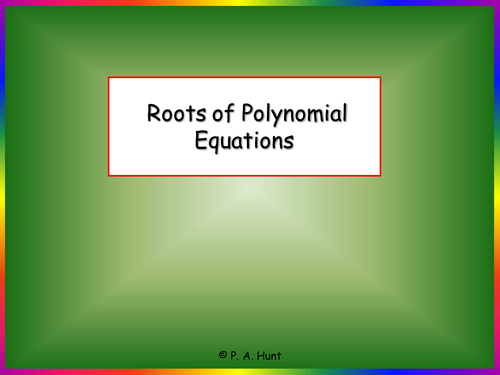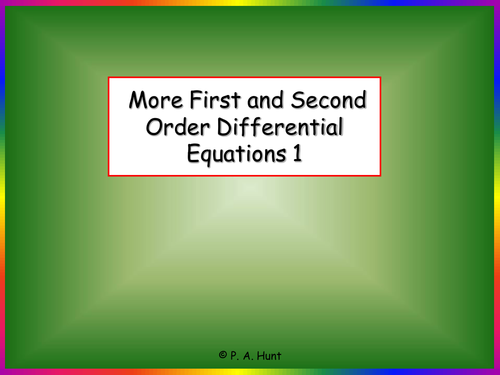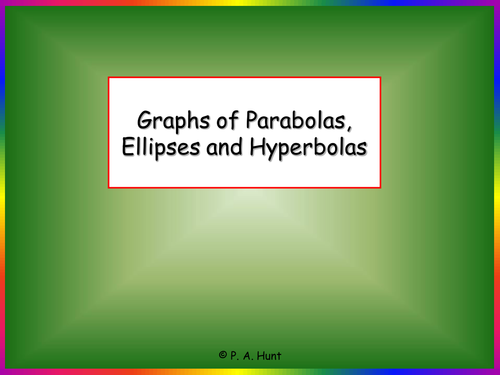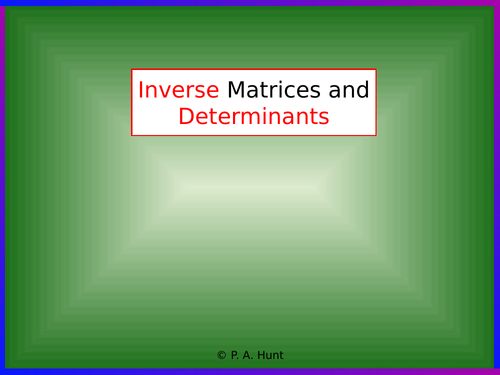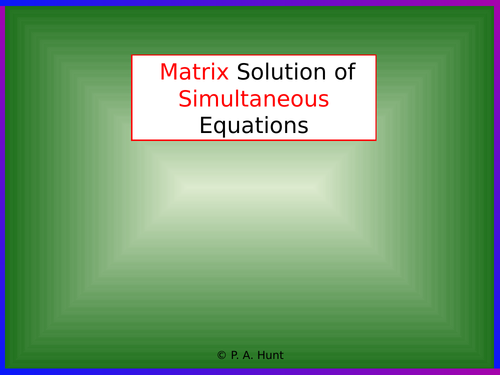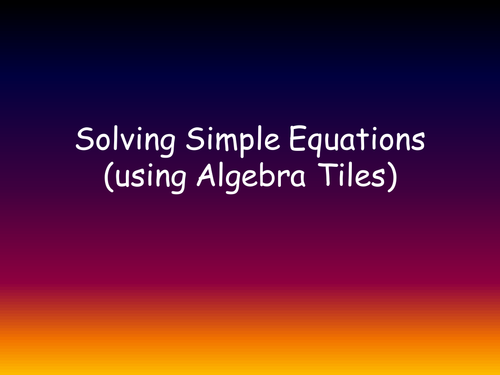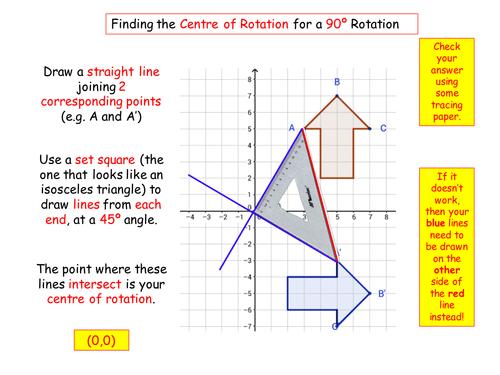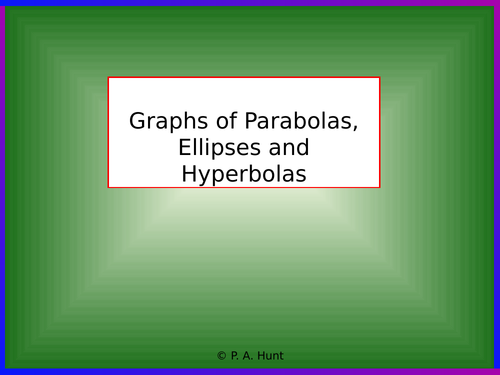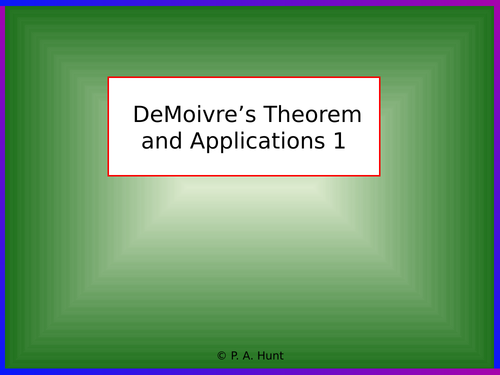Teach Further Maths
'Teach Further Maths' is a suite of Maths PowerPoint presentations for Teachers and Students of Further Mathematics A Level, AS Level or equivalent. 68 high quality, fully animated colour further maths PowerPoint presentations, consisting of over 3000 slides - a comprehensive teaching resource. PowerPoints covering all of the major topics from the syllabi - Polar Coordinates, Matrices, Differential Equations etc...) Complete further maths A level lessons ready to deliver





